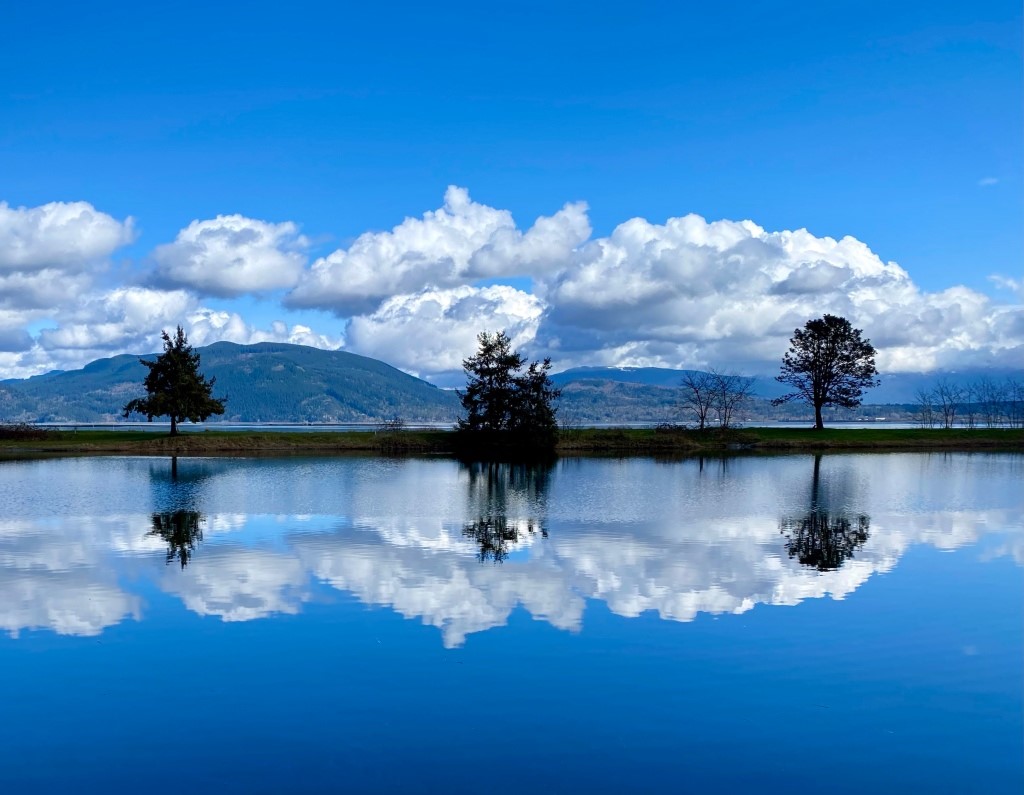My Samish Island Journal

THE LAKE ON THE ISLAND
This is my first post with a new point of view. I plan to write about island life—my change of status and place. I want to explore my life as an 81-year-old, single on a small island in the Pacific Northwest. To examine my thoughts, ideas, and feelings about this new life, I’m leading which will, hopefully, resonate and interest others. Let’s see what happens!
No Results Found
The page you requested could not be found. Try refining your search, or use the navigation above to locate the post.